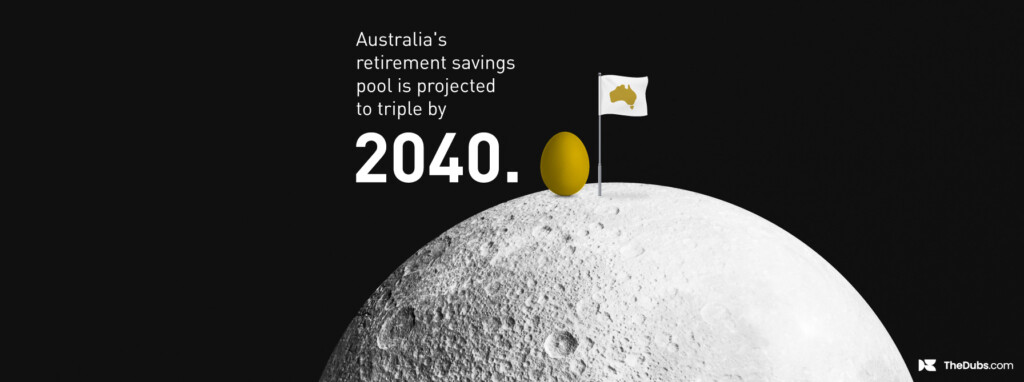Launching in July 2017 as an entirely digital lender with a platform promising 22-minute home loans, Tic:Toc received $515M worth of full applications within six months, a result they celebrated with partner Bendigo and Adelaide Bank. We interviewed Anthony Baum, founder and CEO about how Tic:Toc meets customer needs.
Tic:Toc – why the name?
If you think about fulfilling a home loan it’s a very time-consuming process that comes with hassle, anxiety and often doubts. You need to find documents, there are repeat visits to see a broker or a bank – it’s quite an investment, as much emotionally as physically.
We felt that Tic:Toc was giving that time back, being able to complete your home loan experience and fulfilment in a much shorter amount of time, both upfront in terms of the application, as well as removing that whole anxiety period where you’re waiting a month for an answer.
You’ve been in banking for close to 30 years – what are the most frustrating things for a consumer getting a home loan from a traditional bank?
I ran half of Australia’s largest bank and the reality is: technology enables a much better customer experience than has ever been offered before, so we saw that opportunity, and we also saw that the opportunity was not within a bank, but in partnership with a bank. All of the benefits of being able to throw the whole process out and start again with new technology could be achieved, which is what we did.
You talk about customer expectation – do you see customer needs determining future lending practices, and banking practices in general?
Australians love meeting their financial services needs digitally – that started a decade ago with internet banking and the ING account. We see Tic:Toc as the first example of that transitioning to the most complex part of the consumer financial requirement, which is a home loan. We think that ultimately the vast majority of Australians will complete virtually all of their financial services requirements digitally. And that means that traditional distribution networks and traditional distribution structures (because there’s obviously brokers in the market) will get impacted by that transition. And we think customers demand that, so it’s up to us as an industry to meet that preference.
We have also had a window of opportunity to do a few other things, and the first is that we’ve removed all asterisks from our website. It’s really simple and clear on our products – I can’t believe how complicated we as an industry have made product communication with the consumer. It’s unnecessary.
We’re really passionate about giving that consistent, fast, compliant experience and using the technology to reduce costs and pass that on to the consumer.
We think that ultimately the vast majority of Australians will complete virtually all of their financial services requirements digitally.
What’s Yodlee and how does it add value to Tic:Toc?
Yodlee is a vendor of screenscraping technology, a very secure piece of technology – it’s used by 10 of the 12 largest US banks. It provides, through a secure link, a data extract from your bank account that facilitates us being able to digitally validate your financial position and make sure we’re lending to you responsibly. Yodlee in itself just provides the data, and we never see any of your credentials. It’s not the technically easiest product on the market but it is the most secure.
The smart bit is that we take all that data, refine and dedupe it and then we run it through a proprietary set of algorithms that do all of the validation, which looks for undisclosed liabilities, e.g., if you’ve forgotten to include a GE account repayment that you have or a credit card you’ve got that you haven’t used for a while with a balance outstanding.
We’re human, we all make mistakes and that technology helps us pick that up and then makes sure we utilise it all in your assessment. It’s an excellent customer value-add because you don’t have to give bank statements, pay slips, tax returns, all those things to get assessed – you just link your account.
How are you developing the platform further to improve customer experience?
We use customer experience, feedback and pain-point data to work out what makes it easier for the customer; we have a whole roadmap of continuous improvement on both the website, applications, technology side and also at the back end.
My vision is that no-one will need to provide any documentation at all within the next couple of years unless you’re not prepared to use the digital solutions available.
And we’ve identified what we think are the last remaining aspects that do require documents – a good example being the self-employed market, where you have to provide financial statements to banks to be assessed for a home loan. The problem is, most busy small business people, self-employed or tradespeople don’t have those readily available, and that means they’re stuck with their existing provider and a higher-rate home loan and their existing provider knows that. We’re very passionate about how we get rid of that requirement by using data. It will be a unique solution.








